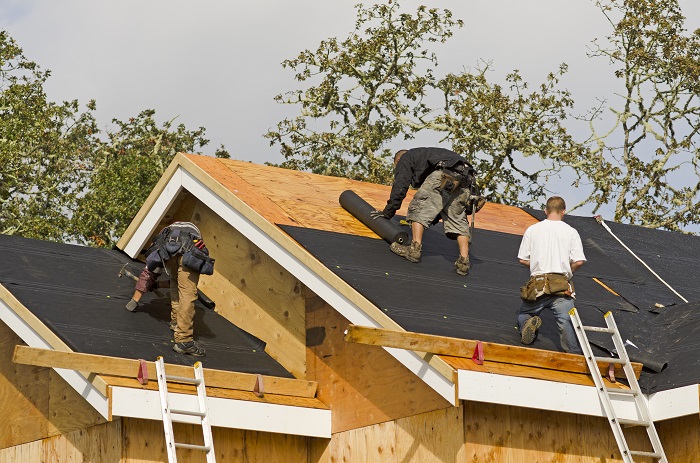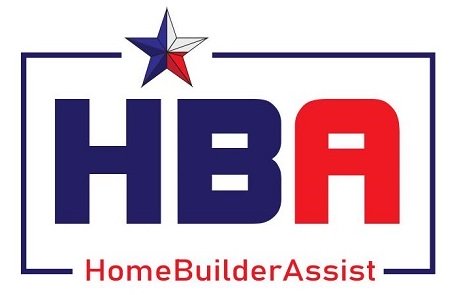Roofing Underlayment

Your roofing underlayment protects your home from the elements. Obvious, I know. What is less obvious is what underlayment does for you every day.
Roofing Underlayment - A Quick Review
The roofing underlayment is that part of your roof that is water-resistant and protects your roof from severe weather. It acts as the barrier material installed directly onto your roof deck.
The two main types are:
Asphalt-Saturated Felt - Commonly known as felt paper or tar paper. It is made of different blends of cellulose, polyester and bitumen (asphalt).
Non-Bitumen Synthetic - Also known simply as "synthetic" underlayment. This underlayment is saturated in asphalt, but includes the addition of fiberglass, which gives it superior tear resistance and stability.
A less common, but third type is:
Rubberized Asphalt - More expensive than other types of roofing underlayment because it contains a higher percentage of asphalt and rubber polymers, making it waterproof, not just water-resistant.
What Underlayment Does For You Every Day
Repels Water, Snow and Ice - When heat from your home melts the snow or ice from your roof, the water could seep into your roof's nooks and crannies causing damage to ceilings, walls or insulation. Your best protection is a membrane which can seal around the shanks of the roof fasteners for a leak-resist fit. However, the underlayment offers additional protection against leakage, providing an extra layer of water resistance.
Extra Layer of Severe Weather Protection - Your shingles or metal roof is the first line of defense against the elements, but the underlayment helps extend the life of your roof deck should something cause damage to the roof.
Protection During Build Phase - Underlayment prevents the deck from being exposed to the elements before, or while, the roofing material is being installed.
Synthetic Overview
Pro'sLongevity |
Con'sMore Expensive Read the whole article by Sheffield Metals International |
Ashpalt Felt Overview
Pro'sCheaper |
Con'sDoesn't Last Long |
Which One is Right for Me?
Depends. Before making a decision, ask yourself these questions:
- How long do I want the roof underlayment to last?
- How long do I want the actual roof to last?
- Does my budget allow for an expensive underlayment?
- Do I want to be able to buy my underlayment at a big-box store?
- How concerned am I about the fire rating?
Fine Homebuilding
The magazine Fine Homebuilding published a great article in 2011 entitled "Synthetic Roofing Underlayment" that I recommend reading.




